Summary | Excerpt | Reading Guide | Reviews | Beyond the Book | Read-Alikes | Genres & Themes | Author Bio
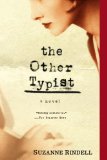
Critics' Opinion:
Readers' Opinion:
First Published:
May 2013, 368 pages
Paperback:
Apr 2014, 368 pages
 Book Reviewed by:
Book Reviewed by:
Amy Reading
Buy This Book
This article relates to The Other Typist
 Prohibition came into effect in January 1920, one year to the day after the Eighteenth Amendment was ratified. It was a victory for the Anti-Saloon League, which had campaigned since 1893 to outlaw alcohol in order protect women and children from the effects of drunken husbands and to increase productivity among workers.
Prohibition came into effect in January 1920, one year to the day after the Eighteenth Amendment was ratified. It was a victory for the Anti-Saloon League, which had campaigned since 1893 to outlaw alcohol in order protect women and children from the effects of drunken husbands and to increase productivity among workers.
But it was simultaneously a victory for the crafts of subterfuge and bribery. Prohibition was, of course, a gigantic opportunity for the underground economy, and bootleggers and gangsters took full advantage. Their payoffs to New York City officials totaled at least $60 million a year. Speakeasies ("blind pigs," "jimmies") bloomed on every street corner, each with its own way of outsmarting law enforcement. The 21 Club at West 52nd Street was said to have a complicated system of levers to tip shelves and slide bottles into the city's sewers if the feds showed up; they were raided in 1932 but no alcohol was discovered. Rum Row, an enormous fleet of old freighters which lay at anchor up and down the Eastern Seaboard, acted as a series of floating liquor warehouses just beyond the three-mile jurisdiction of federal authorities. (For more on this topic see the Beyond the Book to Live By Night: Rum-Running in Prohibition Era Florida.)
 Daniel Okrent, in his book Last Call: The Rise and Fall of Prohibition, says that our perception of speakeasies with peepholes and secret entrances is largely exaggerated. There were 1520 federal agents in charge of enforcing the dry laws, but there were as many as 100,000 speakeasies in New York City alone by 1925. They could afford to operate in the open. Mayor Jimmy Walker frequented the Central Park Casino at the 72nd Street entrance to the park, which he'd had redesigned to his taste.
Daniel Okrent, in his book Last Call: The Rise and Fall of Prohibition, says that our perception of speakeasies with peepholes and secret entrances is largely exaggerated. There were 1520 federal agents in charge of enforcing the dry laws, but there were as many as 100,000 speakeasies in New York City alone by 1925. They could afford to operate in the open. Mayor Jimmy Walker frequented the Central Park Casino at the 72nd Street entrance to the park, which he'd had redesigned to his taste.
Nonetheless, the illicitness of speakeasies changed the urban culture of drinking, says Okrent. Prior to Prohibition, saloons were only for men and only for drinking. Speakeasies brought men and women together, added music and entertainment to the mix, and prompted the invention of brand-name liquor (to distinguish it from bathtub rotgut) and sexy cocktails. Recent years have seen a speakeasy revival (even prior to the Baz Luhrmann remake of The Great Gatsby) with open-secret bars like Please Don't Tell and Employees Only in New York, and prohibition cocktail favorites such as The Bee's Knees, French 75, The Aviation, and The Singapore Sling.
The Drunkard's Progress: A lithograph by Nathaniel Currier supporting the temperance movement, January 1846
Filed under People, Eras & Events
![]() This "beyond the book article" relates to The Other Typist. It originally ran in July 2013 and has been updated for the
April 2014 paperback edition.
Go to magazine.
This "beyond the book article" relates to The Other Typist. It originally ran in July 2013 and has been updated for the
April 2014 paperback edition.
Go to magazine.
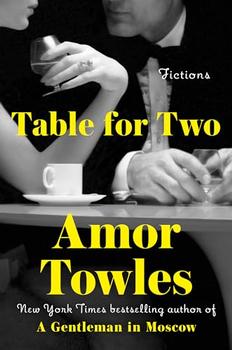
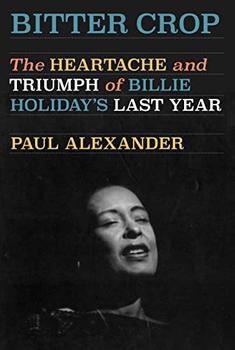
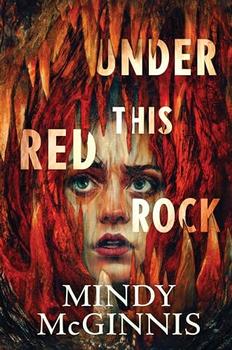
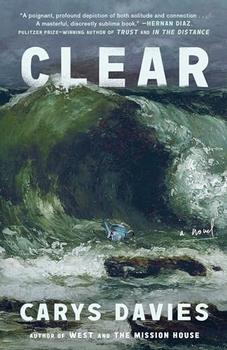
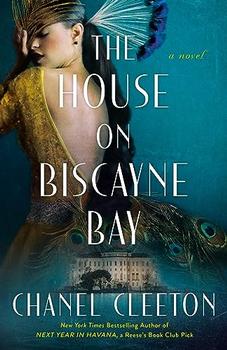
The House on Biscayne Bay
by Chanel Cleeton
As death stalks a gothic mansion in Miami, the lives of two women intertwine as the past and present collide.
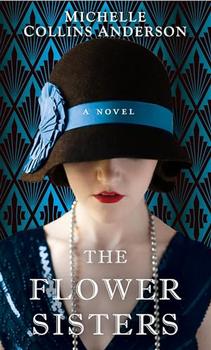
The Flower Sisters
by Michelle Collins Anderson
From the new Fannie Flagg of the Ozarks, a richly-woven story of family, forgiveness, and reinvention.

The Funeral Cryer by Wenyan Lu
Debut novelist Wenyan Lu brings us this witty yet profound story about one woman's midlife reawakening in contemporary rural China.
Your guide toexceptional books
BookBrowse seeks out and recommends the best in contemporary fiction and nonfiction—books that not only engage and entertain but also deepen our understanding of ourselves and the world around us.